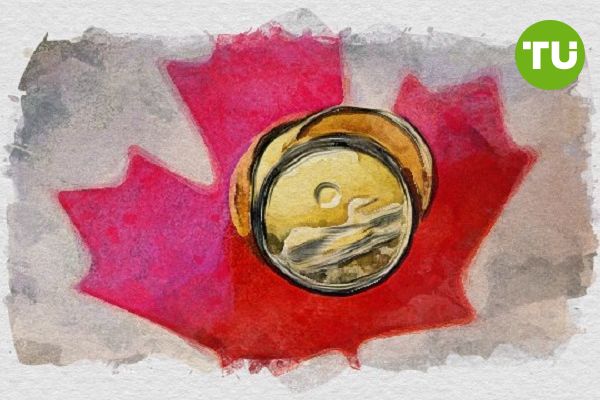USD/CAD price exceeds $1.47 after new U.S. 25% tariff on Canada
 February 3 the pair reaching 1.4740
February 3 the pair reaching 1.4740
The USD/CAD pair has surged to levels unseen since 2003, marking a significant milestone in the forex market.
On Monday, February 3, 2025, the pair gapped up by 1.4%, reaching 1.4740, following a week in which it had already posted a 1.23% gain, hitting a five-year high near 1.46. However, this bullish momentum may face resistance, as technical indicators suggest a possible pullback.
Last week's upward trajectory was somewhat checked by the top trend line of a symmetrical expanding triangle, hinting at a potential for consolidation or reversal, but today’s recent price action surged past the pattern resistance. The price surge at the opening of the new trading week suggests an immediate continuation of the bullish trend.
USD/CAD price dynamics (2015 - February 2025). Source: TradingView.
The surge in USD/CAD can largely be attributed to U.S. President Donald Trump's decision to impose a 25% import tariff on Canada, alongside a 10% tariff on Canadian energy exports. This move, part of a broader set of tariffs on Mexico and China, has led to a strengthening of the U.S. dollar across the board. The U.S. dollar Index (DXY) has reflected this strength, rising for five consecutive days to hover around 109.00. These tariff announcements have not only bolstered the USD but also set the stage for retaliatory measures from Canada, Mexico, and China, which could further influence currency dynamics.
USD/CAD price outlook: Market eyes ISM manufacturing PMI data
In today's European session, USD/CAD trades at 1.4695, slightly below the peak seen at the market's open. Technical analysis reveals that the Relative Strength Index (RSI) on the 4-hour, daily, and weekly charts has entered overbought territory. This condition often precedes a price correction or consolidation, suggesting traders might anticipate a near-term pullback.
Looking ahead, the market's focus will shift to the ISM Manufacturing PMI for January, which could provide further clues on the U.S. economic health, potentially impacting the USD's strength relative to the CAD. Given the current overbought signals and geopolitical trade tensions, traders should remain vigilant for signs of a reversal or a stabilization phase in the USD/CAD pair.
In March 2020, the Canadian dollar depreciated by 4.2% against the U.S. dollar, reaching a rate of 1.40 USD/CAD. This depreciation contributed to USD/CAD reaching a high of 1.4501













































































































































